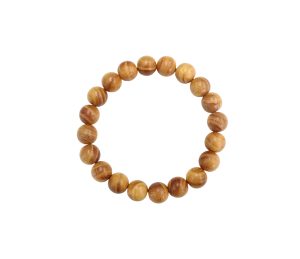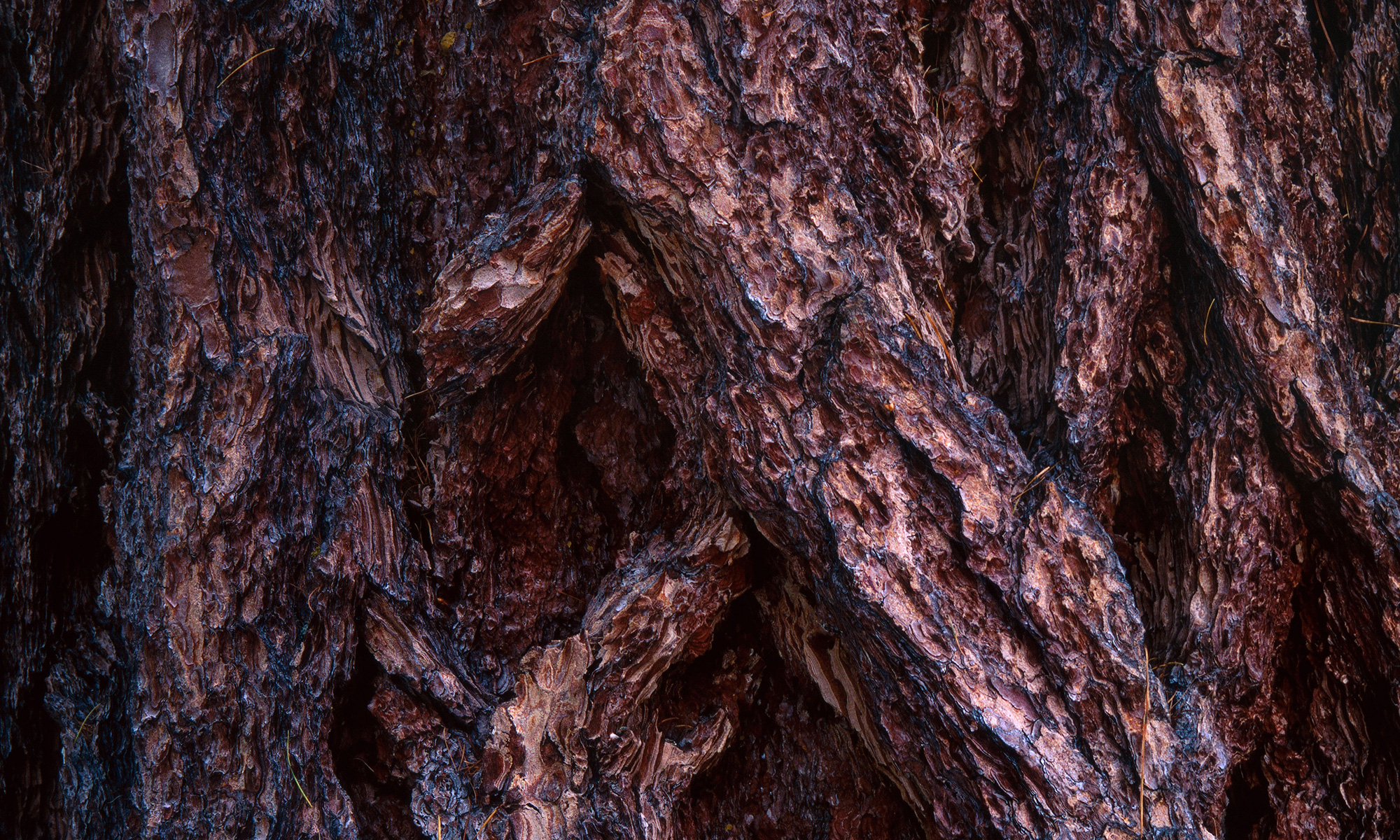
MUSASHINOKUNI Japanese zelkova
武蔵国欅(ムサシノクニケヤキ)
産地;埼玉県(県木)
欅は埼玉県の県木です。ニレ科の落葉樹で埼玉には欅が古くから植樹され、神聖な木として神社仏閣の境内に植えられてきました。
鎮守の森文化が根付き、欅や榎(エノキ)などの巨木が今も埼玉県各地でみられ、寺社建築や民家の大黒柱に使われてきました。
枝が横に広がらずまっすぐ伸びる新種の改良種も埼玉から発見されました。
埼玉県の旧名は武蔵国(ムサシノクニ)で、その名前が成立したのは7世紀。朝鮮半島から渡来人が渡って、その当時の近代化が進んだといわれています。
戦国時代には上杉家が関東八国 (武蔵・相模・上野・下野・常陸・下総・上総・安房)を治め、そのうち武蔵国は中心地のひとつでした。
木の力;崇高、調和、長寿、精神性を高める
MUSASHINOKUNI Japanese zelkova
Origin: Saitama Prefecture (Prefectural Tree)
The zelkova tree (Keyaki) is the prefectural tree of Saitama Prefecture. It is a deciduous tree in the elm family (Ulmaceae). In Saitama, zelkova trees have been planted since ancient times and are regarded as sacred, often found within the grounds of shrines and temples. The culture of chinju no mori—sacred groves protecting local deities—remains strong, and giant zelkova and hackberry trees can still be seen throughout the prefecture. The wood has traditionally been used in temple architecture and as the main pillar (daikokubashira) in traditional houses.
A newly improved variety of zelkova, characterized by its straight, upright growth without spreading branches, was also discovered in Saitama.
The old name of Saitama was Musashi no Kuni, established in the 7th century. Around that time, immigrants from the Korean Peninsula arrived, bringing advancements that contributed to early modernization. During the Sengoku period, the Uesugi clan ruled the eight provinces of the Kanto region (Musashi, Sagami, Kozuke, Shimotsuke, Hitachi, Shimousa, Kazusa, and Awa), with Musashi being one of its central domains.
Meaning: Nobility, harmony, longevity, spiritual elevation

